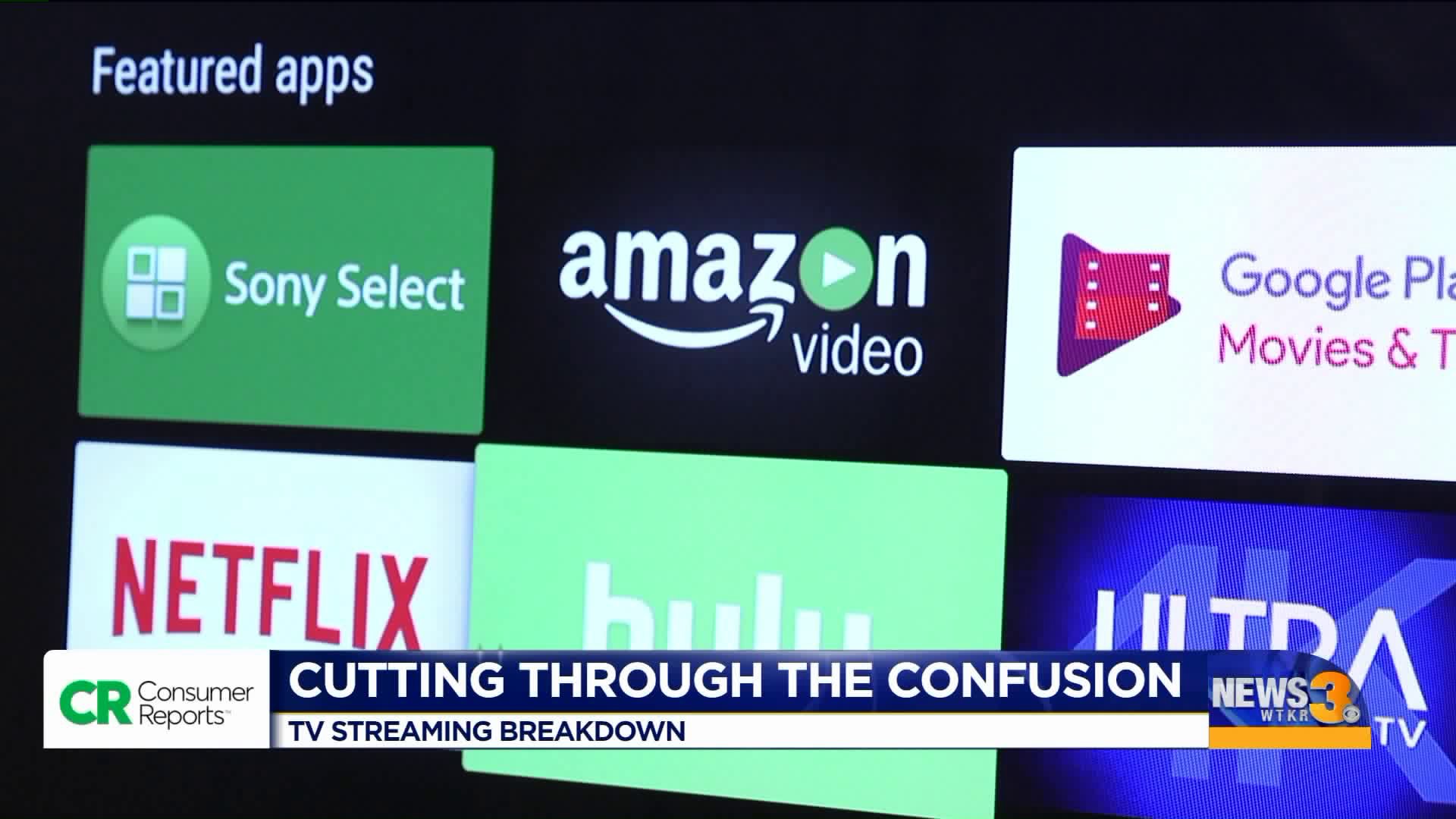Streaming video services like Netflix and Hulu are all the rage these days, especially for cord cutters. Many people who still subscribe to cable also pay for at least one streaming service. But how do you know which ones provide the content you want, and how much do you have to pay to get it?
 Consumer Reports is here to cut through the confusion. With new services like Disney Plus and older favorites like Netflix, the world of streaming media is rapidly changing.
Consumer Reports is here to cut through the confusion. With new services like Disney Plus and older favorites like Netflix, the world of streaming media is rapidly changing.
There are services designed to replicate what you used to get with cable TV. There are also newer services focused on creating original content.
It used to be that cutting the cord by replacing cable with a streaming service could save lots of money, but that’s not always the case anymore.
The calculus of cord cutting has changed so much that you have to consider the TV shows you want, the cost of different services, and the cost of broadband if it’s not included in a package.
So what can a confused consumer do? The first thing you need to consider is how you’re going to get your local broadcast channels. If you can get an antenna, that’s a great way to do it. Then that’s the only cost.
Next, sit down with your family and write a list of all the shows you can’t live without. Then see which services provide them at the lowest cost. For example, websites like reelgood.com can help you find out where many shows and movies are available for streaming.
Consumer Reports says if you do cut the cord but you’re not saving a lot of money, at least you’re probably getting more content, because you’re choosing services based on what they offer.



